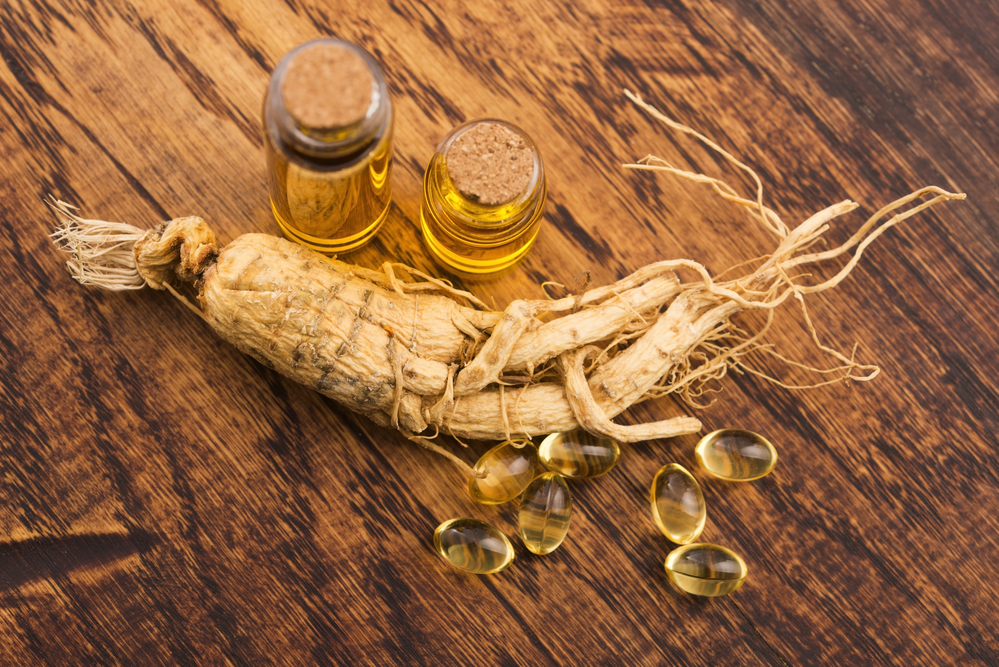Which ginsenoside should you choose: Rh2, Rg3 or Rb1?
 Ginseng is a very popular health-enhancing herb in the world. Originally used as a herbal medicine in Asia, ginseng has gained popularity in western cultures and became part of their daily life as a drink or medical remedy. Ginseng is widely used to enhance physical capacity, increase energy, relieve mental fatigue, promote healthy glucose levels, and support cognition.
Ginseng is a very popular health-enhancing herb in the world. Originally used as a herbal medicine in Asia, ginseng has gained popularity in western cultures and became part of their daily life as a drink or medical remedy. Ginseng is widely used to enhance physical capacity, increase energy, relieve mental fatigue, promote healthy glucose levels, and support cognition.
Ginsenosides are main pharmacological constituents in ginseng
When digging deep into what is attributed to the pharmacological properties of ginseng, scientists found that ginsenosides are the main bioactive constituents in ginseng. In addition to general health-enhancing benefits including ginsenosides exhibit brilliant anticancer activities, which received a huge attention from global scientists.
Ginsenosides as a promising adjuvant in cancer treatment
From years of efforts in exploring the mechanisms of action of ginsenosides, Scientists found that ginsenosides can exert strong toxicity to inhibit and kill cancerous cells, reverse the multidrug resistance of the cancer cells to chemotherapy drugs, and relieve the side effects caused by primary treatments in vitro and in vivo experiments.
Considered as a promising adjuvant therapy in cancer treatment, and ginsenosides have been used in some Asian countries to help fight cancer in the clinic.
Prototype ginsenosides and rare ginsenosides
Until now, about 120 ginsenosides have been isolated and identified from ginseng. Ginsenoside Rb1, Rb2 and Rc are naturally occurring ginsenosides, making up 80-90% of total ginsenosides in the root of Panax ginseng. Rare ginsenosides are metabolized ones that are converted from prototype ginsenosides through human intestinal bacteria, and they cannot be obtained directly from fresh ginseng root. The well-known rare metabolized ginsenosides include Rh2, Rg3, Rk2, Rh3, aPPD, compound K, etc.
Rare metabolized ginsenosides are superior to prototype ginsenosides. Prototype ginsenosides are poorly absorbed due to their large molecular size, low solubility and poor permeability across the cell membrane. However, rare metabolized ginsenosides can easily enter into bloodstreams and take effects.
Rare ginsenosides are superior to prototype ginsenosides
The study published in the journal Scientist Reports proved the superiority of rare metabolized ginsenosides over prototype ginsenosides. The study researchers investigated the structure-activity relationships of 23 ginsenosides by comparing their cytotoxic effects on six human cancer cells, namely, human colon cancer cell line HCT-116, human liver cancer cells (HepG2), breast cancer cells (MCF-7),human cervical cancer cells (Hela), human pancreatic cancer cells (PANC-1), and human lung cancer cells (A549). Six rare ginsenosides Rk3, Rh4, Rk1, Rg5, Rk2 and Rh3 were included. The study results showed that compared to original ginsenosides, most of the rare ginsenosides have dominant anticancer activity, such as Rk1, Rk3, and Rh3.
The anticancer activity: Rh2 > Rg3 > Rb1
When choosing ginsenoside products, consumers should choose rare metabolized ginsenosides with high concentration. When you are doubted about which one you should choose among Rh2, Rg3, and Rb1, you should understand that rare ginsenoside is the best choice. So among three, ginsenoside Rh2 has the most potent anticancer activities, considering that Rh2 was the metabolite of Rg3, while Rb1 is the precursor of Rg3.
Besides, ginsenoside aPPD was found more pharmacologically active than Rh2.


